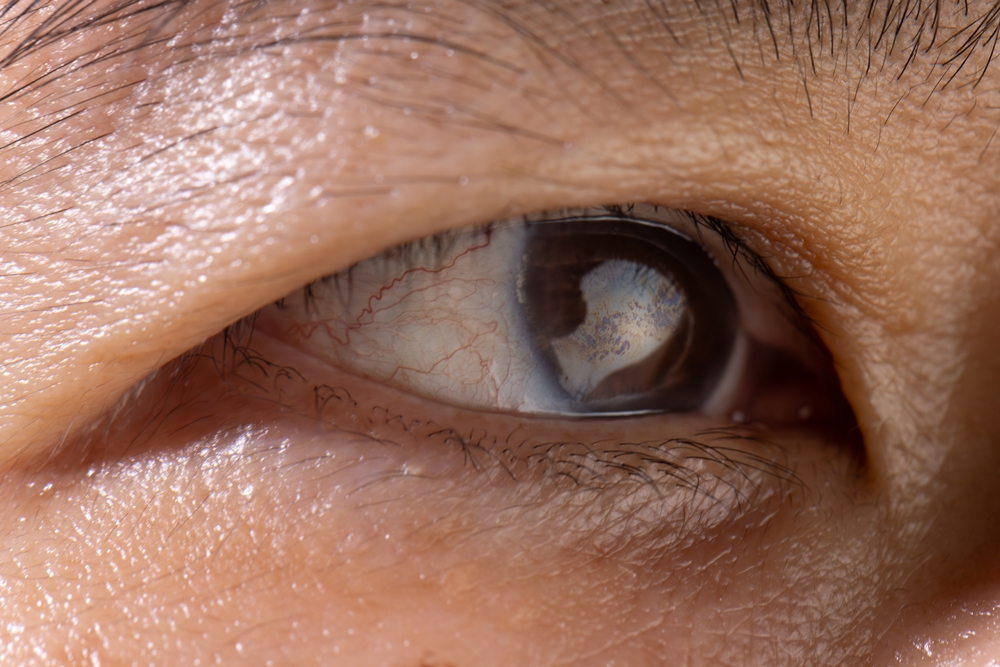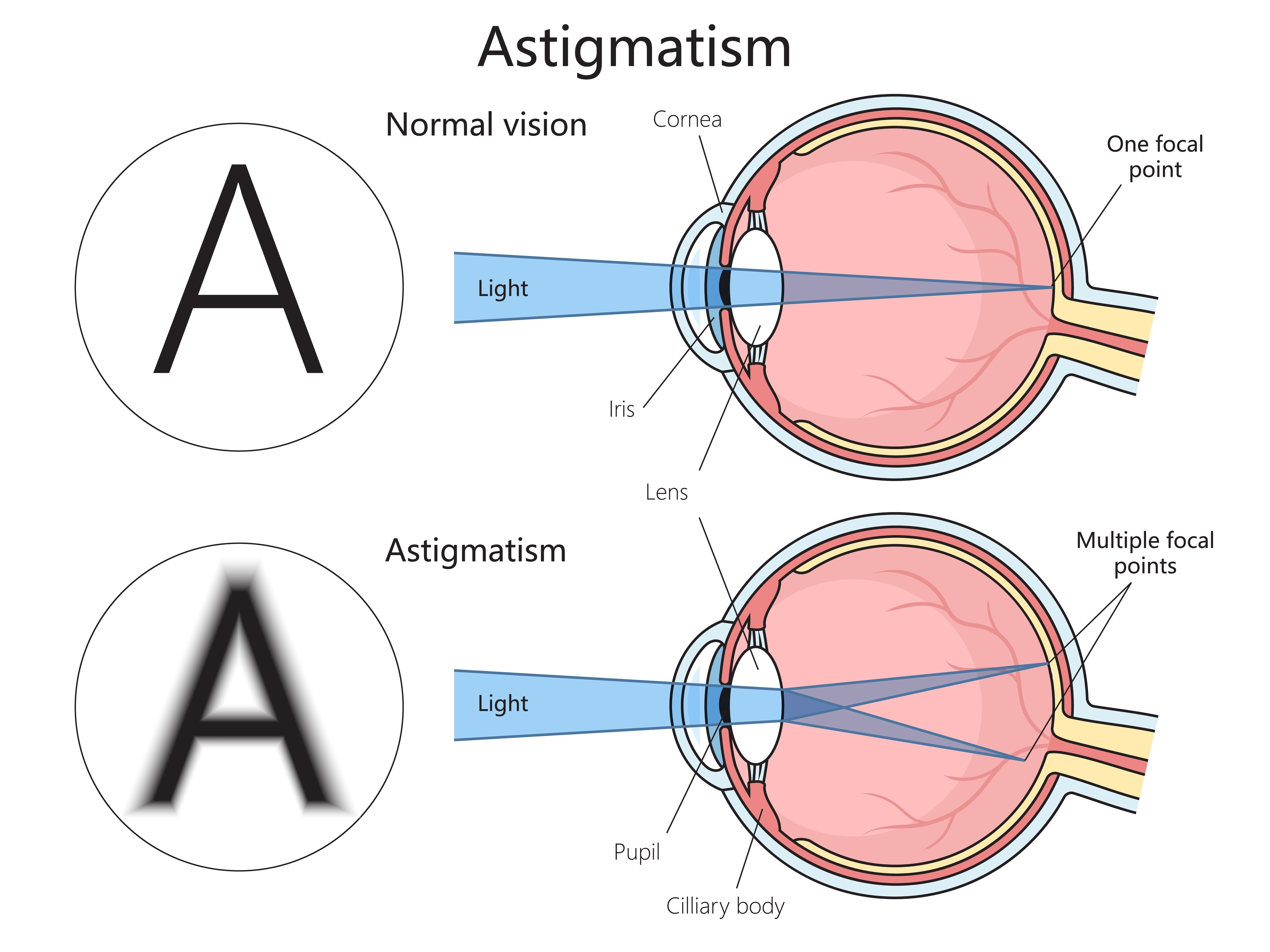Raleigh Eye Center Blog
Learn more about optometry care in our blog!

As we age, it’s common for the lenses in our eyes to become clouded by cataracts, which can gradually make everyday activities like reading, driving, and recognizing faces more difficult. Fortunately, modern cataract surgery offers a safe and effective solution. This life-changing procedure not only restores clear vision but also significantly enhances your overall quality of life.

In our digital age, blue light is something most of us are exposed to daily. This type of light is found in sunlight. However, it also comes from our digital screens. With the rise of screen time, many people are concerned about how blue light affects their eyes.

Nearsightedness, also known as myopia, is one of the most common vision conditions in children and young adults. It occurs when the eye grows too long or the cornea is too curved, causing light to focus in front of the retina instead of directly on it. This results in blurry distance vision while close-up objects remain clear.

Why Custom Frame Fitting Matters More Than You Think

Diabetes can affect nearly every part of your body - including your eyes. High blood sugar levels over time can damage the delicate blood vessels in the retina, leading to several serious eye conditions.

In today’s digital age, screens are everywhere - from smartphones and tablets to computers and televisions. While technology offers endless benefits, it has also brought concerns about its impact on our vision, particularly when it comes to myopia, or nearsightedness.

Glaucoma is a group of eye conditions that damage the optic nerve, often linked to increased pressure inside the eye. Because the optic nerve is responsible for sending visual information from your eye to your brain, any damage can lead to vision loss.

As we age, our eyes undergo natural changes. While some of these changes are normal, others can be signs of underlying eye conditions that require prompt attention. Understanding what to expect in your 40s, 50s, and beyond can help you take proactive steps to protect your vision and overall eye health.

Astigmatism is a common vision condition that occurs when the cornea (the clear front surface of the eye) or the lens inside the eye has an irregular shape. Instead of being perfectly round like a basketball, the surface is shaped more like a football, causing light to focus unevenly on the retina.

In today’s digital world, it’s nearly impossible to escape screens. From smartphones and tablets to laptops and TVs, screen time has become a part of everyday life.













